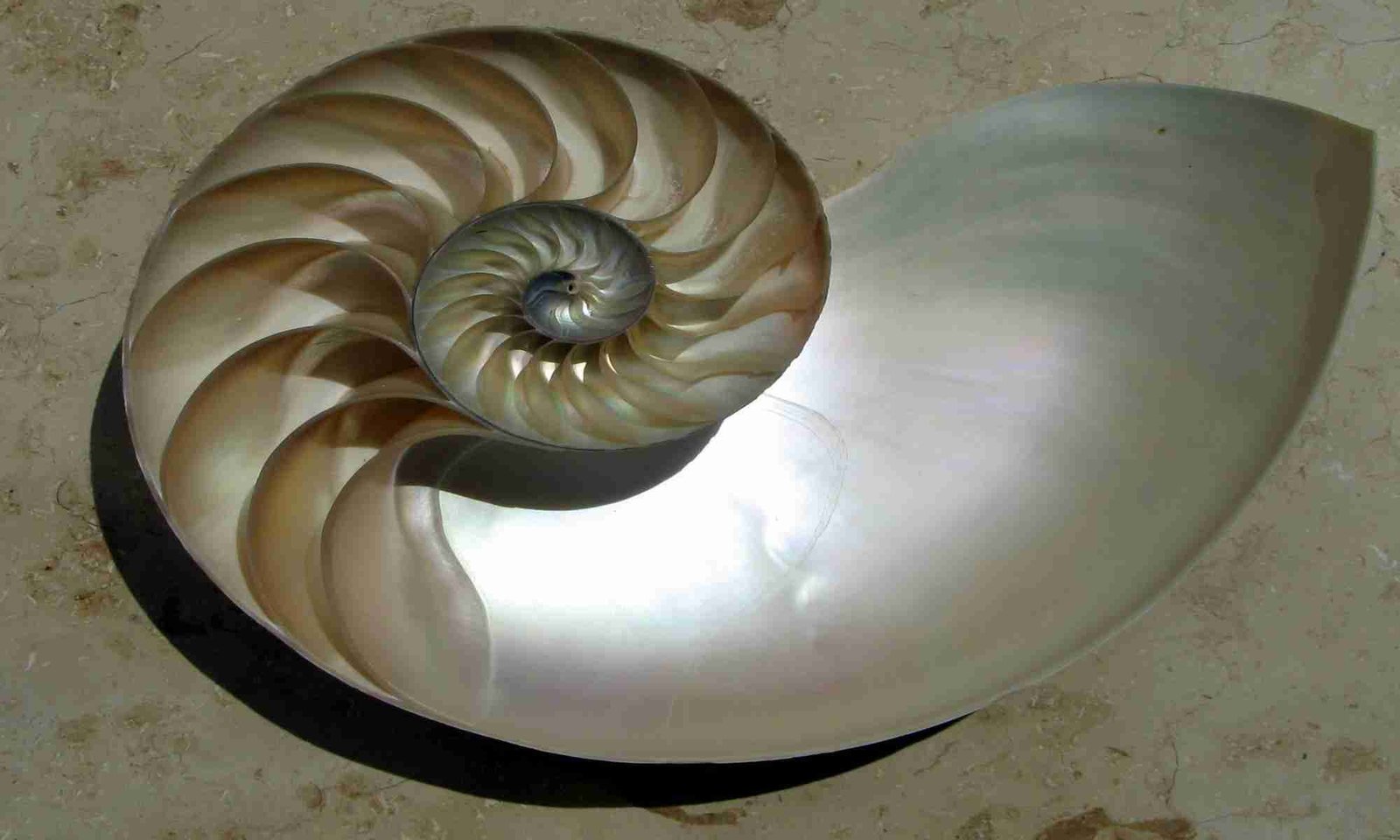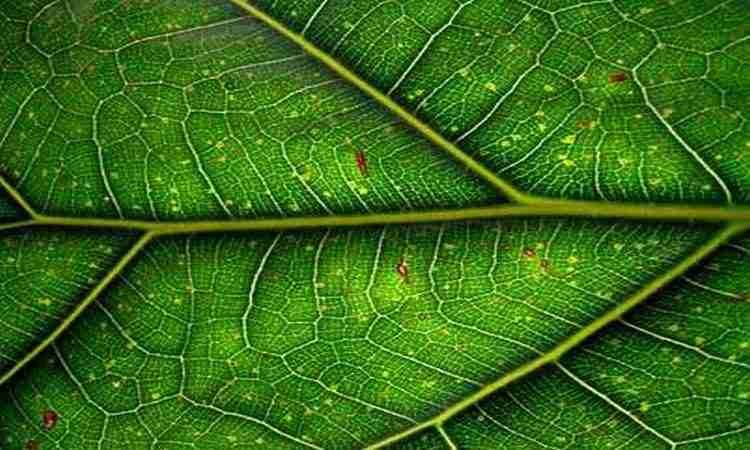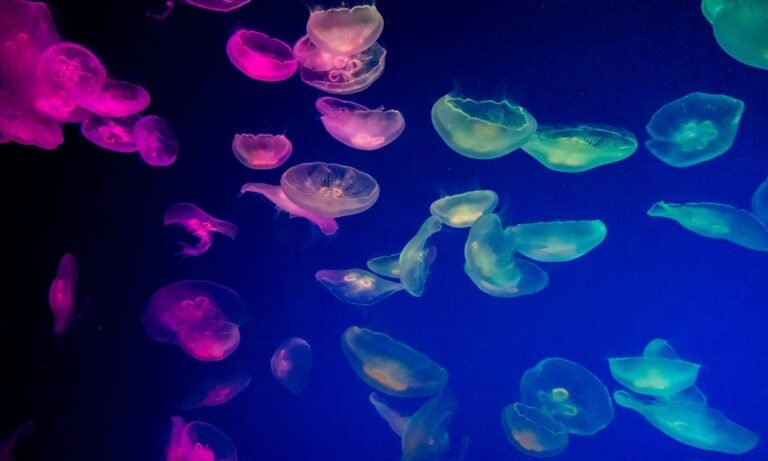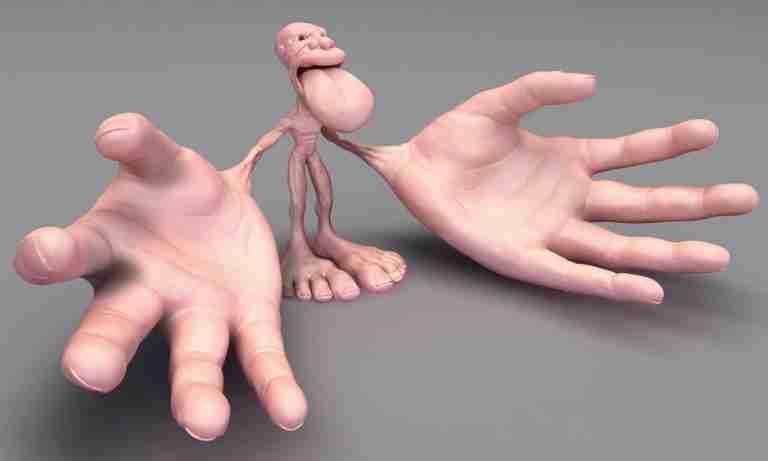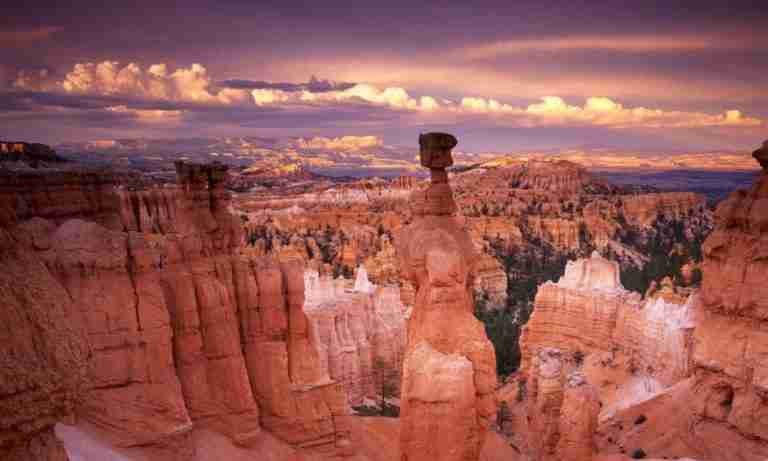Fractal (in Latin fractus ‘broken’, from Latin frangere ‘break into pieces’) is a term coined in 1975 by the Polish-born, French-American mathematician and polymath Benoît Mandelbrot which designates certain natural or artificial structures or geometric patterns.
“Why is geometry often describes as “cold” and “dry?” One reason lies in its inability to describe the shape of a cloud, a mountain, a coastline or a tree. Clouds are not spheres, mountains are not cones, coastlines are not circles and bark is not smooth nor does lightning travel in a straight line.”
– Benoît Mandelbrot
The Mandelbrot Set
When Benoît Mandelbrot studied the fractal in the early 1920s, there weren’t any computers to visualise it – in fact he didn’t know exactly what it looked like. But using mathematics he was able to predict its complexity. The first computer generated image of the Mandelbrot Set was produced by an IBM supercomputers in 1980; today everybody can do the same calculations on a normal laptop. The Mandelbulb is a three-dimensional fractal form of the Mandelbrot set constructed by Daniel White and Paul Nylander using Spherical Coordinates in 2009.
The Menger Sponge
The Menger Sponge (also known as the Menger cube, Menger universal curve, Sierpinski cube, or Sierpinski sponge) is is a fractal curve – a three-dimensional generalization of the one-dimensional Cantor set and two-dimensional Sierpinski carpet – named after the Austrian-American mathematician Karl Menger.
The Koch Snowflake
The Koch Snowflake (also known as the Koch curve, Koch star, or Koch island) is a mathematical curve and one of the earliest fractals to have been described and named after the Swedish mathematician Helge von Koch.

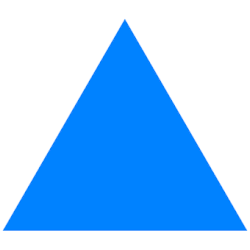
The Sierpinski Triangle
The Sierpinski Triangle (also called the Sierpinski gasket or Sierpinski sieve) is a fractal and attractive fixed set named after the Polish mathematician Wacław Sierpiński.
Fractals’ Properties
Two of the most important properties are ‘self-similarity’ and ‘non-integer dimension’:
- Self-similarity. If you look carefully at a fern leaf, you will notice that every little leaf – part of the bigger one – has the same shape as the whole fern leaf. You can say that the fern leaf is self-similar. The same is with fractals: you can magnify them many times and after every step you will see the same shape, which is characteristic of that particular fractal.
- Non-integer dimension. Classical geometry deals with objects of integer dimensions: zero-dimensional points, one-dimensional lines and curves, 2D plane figures such as squares and circles, and 3D solids such as cubes and spheres. However, many natural phenomena are better described using dimensions between whole numbers. While a straight line has a dimension of one, a fractal curve will have a dimension between one and two, depending on how much space it takes up as it twists and curves. Likewise, a ‘hilly fractal scene’ will reach a dimension somewhere between two and three. A Fractal Landscape made up of a large hill covered with tiny mounds would be close to the second dimension, while a rough surface composed of many medium-sized hills would be close to the third dimension.
Fractals In Nature
Benoit Mandelbrot’s hypothesis, that the fractal geometry is the geometry of natural objects, has been accepted by scientists and non-scientists alike. Some argue though that fractals are endless geometrical processes and not geometrical forms and therefore, fractals clearly can’t appear in nature (if you zoomed in further and further, you would eventually arrive at molecules and atoms and the pattern has to stop). However, there are many shapes in nature which are very similar to fractals.
What’s More
The posts in My Blog feature reflective, story-driven pieces rooted in personal and societal insights.
The topics in My Interests explore abstract, philosophical ideas and their cultural and societal impact.
👁️ 8,973 Views


